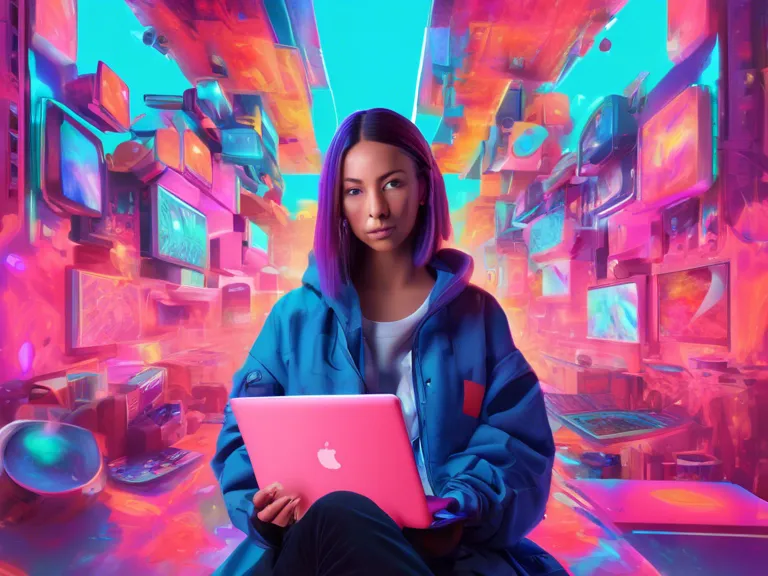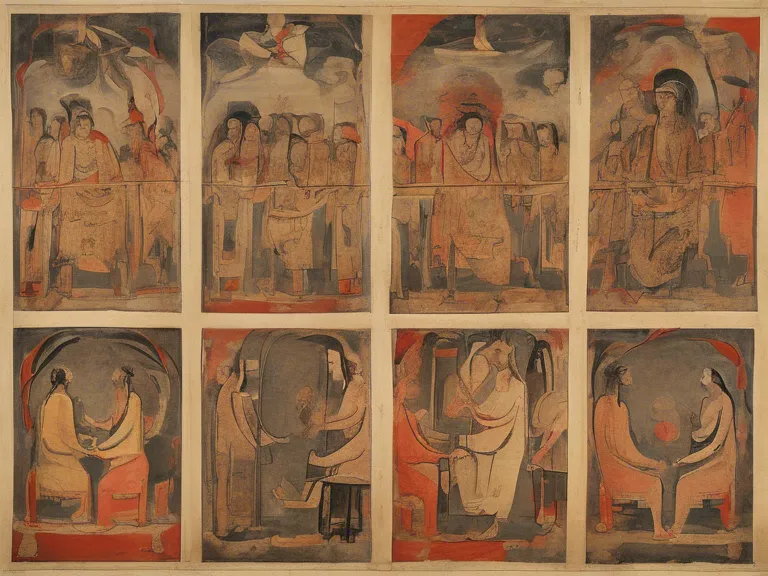
The Rise of NFTs in the Digital Art Revolution
In recent years, the world of digital art has experienced a significant revolution with the emergence of Non-Fungible Tokens (NFTs). This groundbreaking technology has not only transformed the way we buy and sell art but has also brought about a shift in cultural and lifestyle norms. Let's delve deeper into the world of NFTs and explore their impact on culture and lifestyle.
Understanding NFTs
NFTs are unique digital assets that are stored on a blockchain, making them one-of-a-kind and irreplaceable. Unlike cryptocurrencies such as Bitcoin or Ethereum, which are fungible and can be exchanged on a one-to-one basis, NFTs represent ownership of a specific piece of digital content, whether it be artwork, music, videos, or even tweets.
The Digital Art Boom
One of the most significant impacts of NFTs has been on the digital art market. Artists can now tokenize their work, allowing them to retain ownership and control over their creations while still benefiting from the sale of digital copies. This has opened up new avenues for artists to monetize their work and reach a global audience without the need for traditional galleries or dealers.
Cultural Implications
The rise of NFTs has also had profound cultural implications. It has democratized the art world, allowing artists from diverse backgrounds to showcase their work and connect with collectors directly. This has led to a more inclusive and diverse art ecosystem, challenging traditional notions of art ownership and curation.
Lifestyle Changes
From a lifestyle perspective, NFTs have introduced a new form of digital ownership and expression. Collectors can now own rare digital assets that hold cultural and social significance, adding a layer of exclusivity and prestige to their digital collections. NFTs have become a status symbol, signaling one's taste and influence within the digital art community.
Challenges and Future Outlook
Despite the many benefits of NFTs, challenges such as environmental concerns and copyright issues have emerged. The high energy consumption of blockchain networks used for minting NFTs has raised questions about sustainability, while the lack of clear regulations around intellectual property rights has led to instances of plagiarism and unauthorized use.
Looking ahead, the future of NFTs in culture and lifestyle remains promising. As technology continues to evolve and adapt, we can expect to see further innovations in how NFTs are used and integrated into our daily lives. Whether it be virtual fashion shows, digital real estate, or immersive art experiences, the possibilities are endless in this digital art revolution.
In conclusion, NFTs have ushered in a new era of creativity, ownership, and cultural exchange in the digital art world. By embracing this technology and its potential, we can leverage its power to shape a more inclusive, diverse, and interconnected cultural landscape for generations to come.



